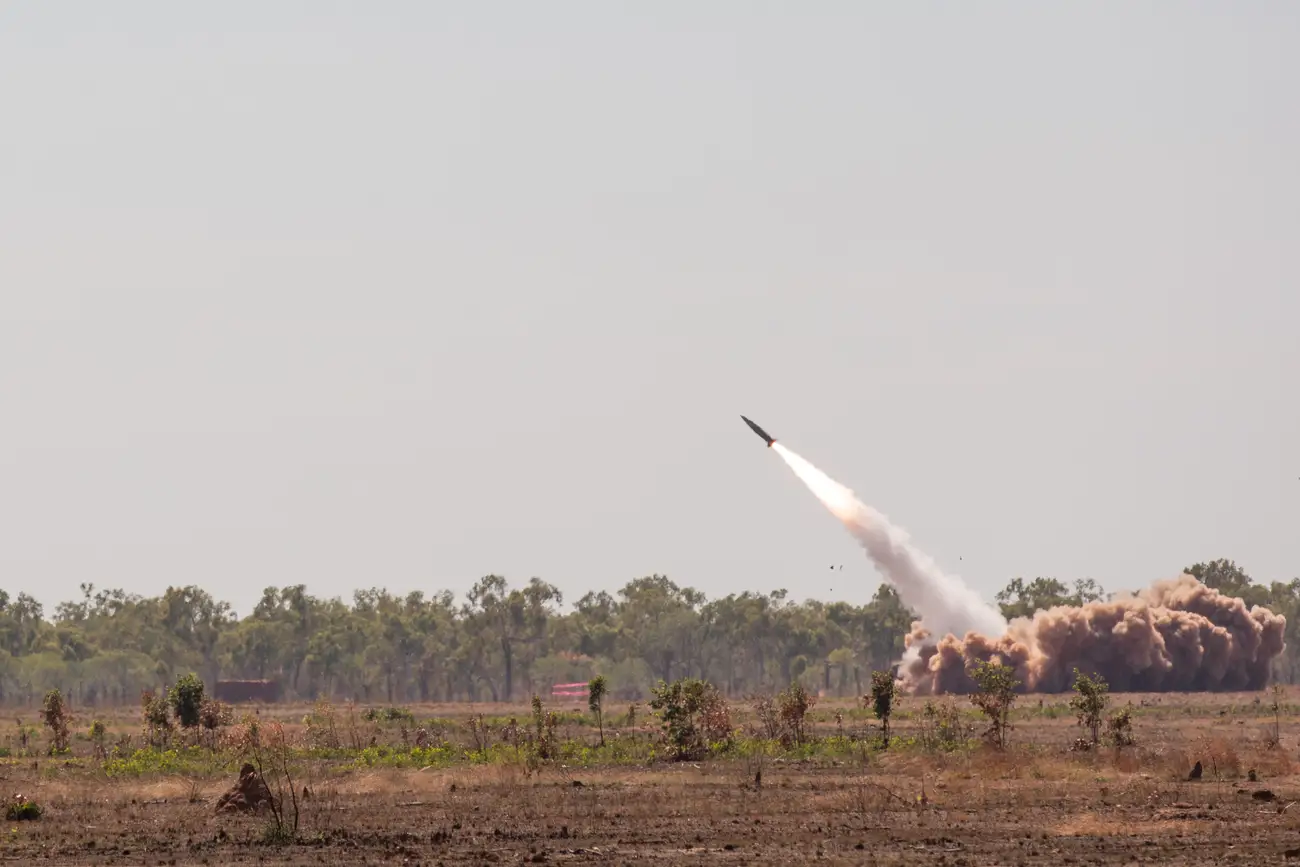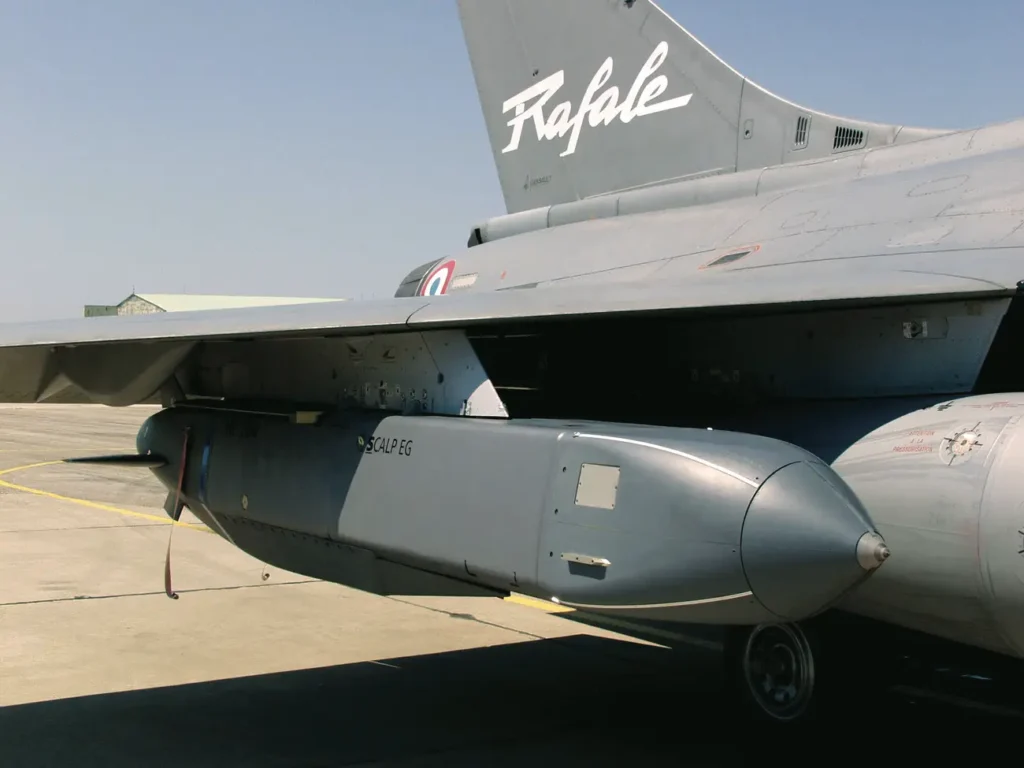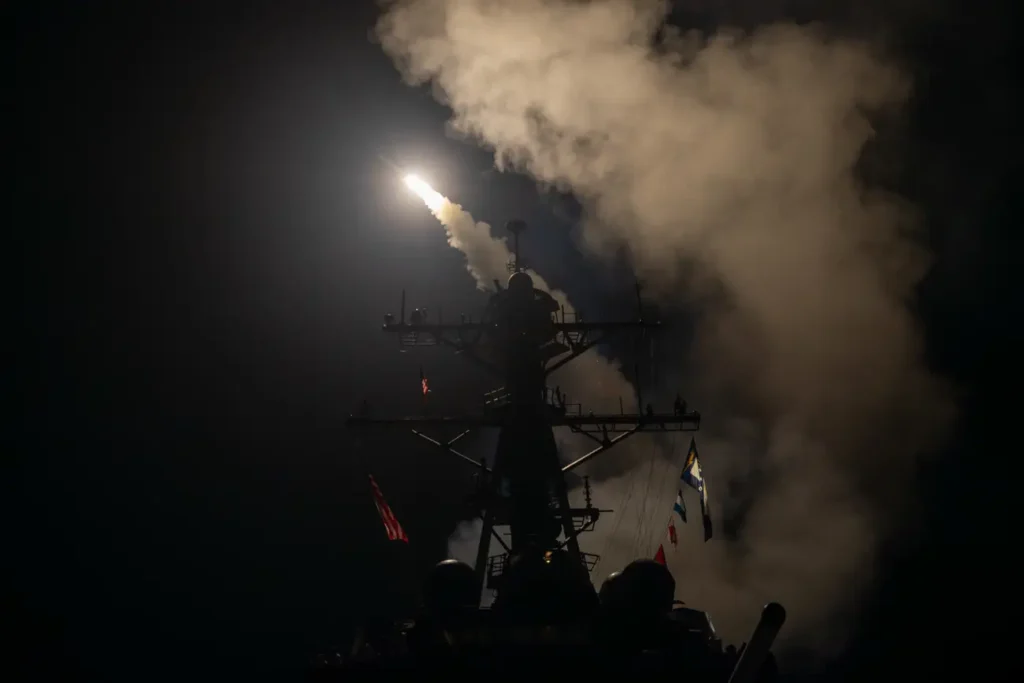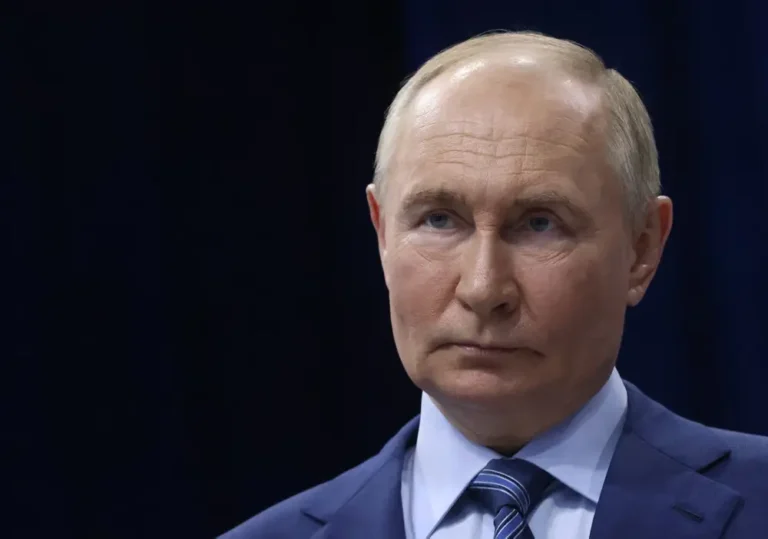The war in Ukraine has ‘opened Pandora’s box’ in Europe, and now new strike weapons are on the way, nuclear weapons expert says

The firing of a US Army Tactical Missile System (ATACMS) during a joint exercise.
In its brutal war against Ukraine, Russia has used theater ballistic and cruise missiles, as well as one-way attack drones, to hammer Ukrainian cities, and there has been a recognition that Russia could fight the West with capabilities the latter has let atrophy.
These deep strikes and other elements of the war have been eye-opening for Europe and the US, opening “Pandora’s box” for more military capabilities, a nuclear weapons and arms control expert told Business Insider. New weapons and deployments are coming, raising concerns of escalation not seen since the Cold War.
Earlier this month, the US and several NATO allies announced multiple plans relating to long-range strike capabilities.
First, the US said it would place new long-range fires in Germany beginning in 2026 with episodic deployments “as part of planning for enduring stationing of these capabilities in the future.” The conventional weapons include SM-6, Tomahawk, and developmental hypersonic weapons, “which have significantly longer range than current land-based fires in Europe.”

US Army soldiers launch ATACMS from an M142 High Mobility Artillery Rocket System (HIMARS) in Australia.
Not long after, several European nations signed a joint initiative to develop new ground-launched cruise missiles. At the time, French Defense Minister Sebastien Lecornu said it was “clearly a segment we don’t have.” Poland, Germany, and Italy also agreed to the plan and said they intended to bring in more allies.
These plans signal the US and some of its biggest European allies are all-in on long-range weapons, and some officials are directly attributing the moves to what’s happening on the battlefield in Ukraine. “The war in Ukraine shows that long-range strikes are a key issue for the defense of Europe,” Lecornu posted on X.
The war has exposed vulnerabilities and capability gaps for Europe in the face of Russian aggression.
“These countries knew that long-range weapons were important even before Russia invaded Ukraine, but Russia’s war in Ukraine has opened Pandora’s Box to more and more military steps,” explained Hans Director of the Nuclear Information Project at the Federation of American Scientists.

A Storm Shadow/SCALP missile on the wing of a Rafale fighter.
Conventional long-range strike capabilities are useful for engaging targets deep within enemy territory. They can make a huge difference operationally and strategically, especially if used to cut off enemy logistics and command centers. Their presence is threatening enough to potentially deter aggression.
A challenge is that these weapon systems risk escalation, both in their presence and use. There is a risk of “tit-for-tat escalation posturing,” Kristensen said. Additionally, these weapons can be used at a moment’s notice, and they can cause confusion for a nuclear power uncertain of the payload.
For decades, the INF Treaty between the US and Russia prohibited the development of ground-launched ballistic and cruise missiles between 500 km and 5,500 km in range in order to prevent either side from escalating tensions into full-blown conflict. The treaty was an important landmark in keeping these weapons off the European continent — but the US withdrew in 2019 after it accused Moscow of violating the 1987 pact by developing, testing, and fielding the SSC-8/9M729 missile system.
Moscow denied the allegations and later pulled out of the treaty as well, immediately opening the floodgates for both sides to ramp up the development of new missiles.
Deep-strike weapons

The guided-missile destroyer USS Gravely launches Tomahawk Land Attack Missiles.
Poland, Germany, France, and Italy’s new long-range missile plans follow work in the US to quickly develop new long-range strike systems. The US tested its first previously banned missile the same month it withdrew from the INF treaty.
Among the systems in the works, Typhon, which uses a ground-based launcher to fire the Standard Missile 6 (SM-6) and the Tomahawk, is a top priority, and the Army’s Long-Range Hypersonic Weapon is in the works, although facing some delays and funding issues.
The efforts within Europe to develop new long-range strike weapon systems signal an important change in thinking. For decades, European states ignored the larger shift toward a need for stand-off deep-strike capabilities, cutting surface-to-surface missile programs and larger defense spending across the board.
Right now, with concerns of further Russian aggression against NATO members running high and the conflict in Ukraine continuing with no end in sight, “the wind is in the sails of the defense hawks and the defense industry to persuade leaders to buy new weapons to demonstrate they’re doing something to stand up to Russia,” Kristensen said.

SM-6 missile fired by a US Navy warship.
There has been a noteworthy shift for many European nations towards bolstering their own domestic defenses rather than relying on the US. But it’s not necessarily all about Russia. Part of that, Kristensen said, could be anxieties around how US support for NATO could change under a second Trump presidency.
“It is entirely expected that European countries will develop their own weapons, initiatives that have become more important with the prospect of a President Trump reducing the US commitment to Europe,” he said.
Trump has repeatedly criticized the NATO alliance, often complaining that many nations don’t pull their weight in the group’s collective defenses and has even suggested he’d let Russia attack members who don’t pay their share of the budget.






